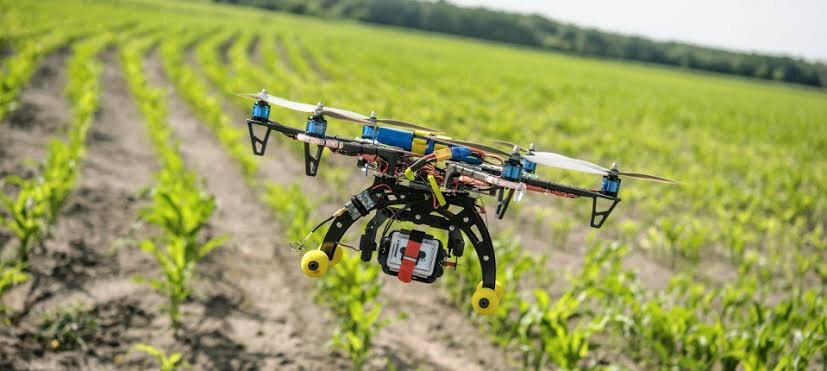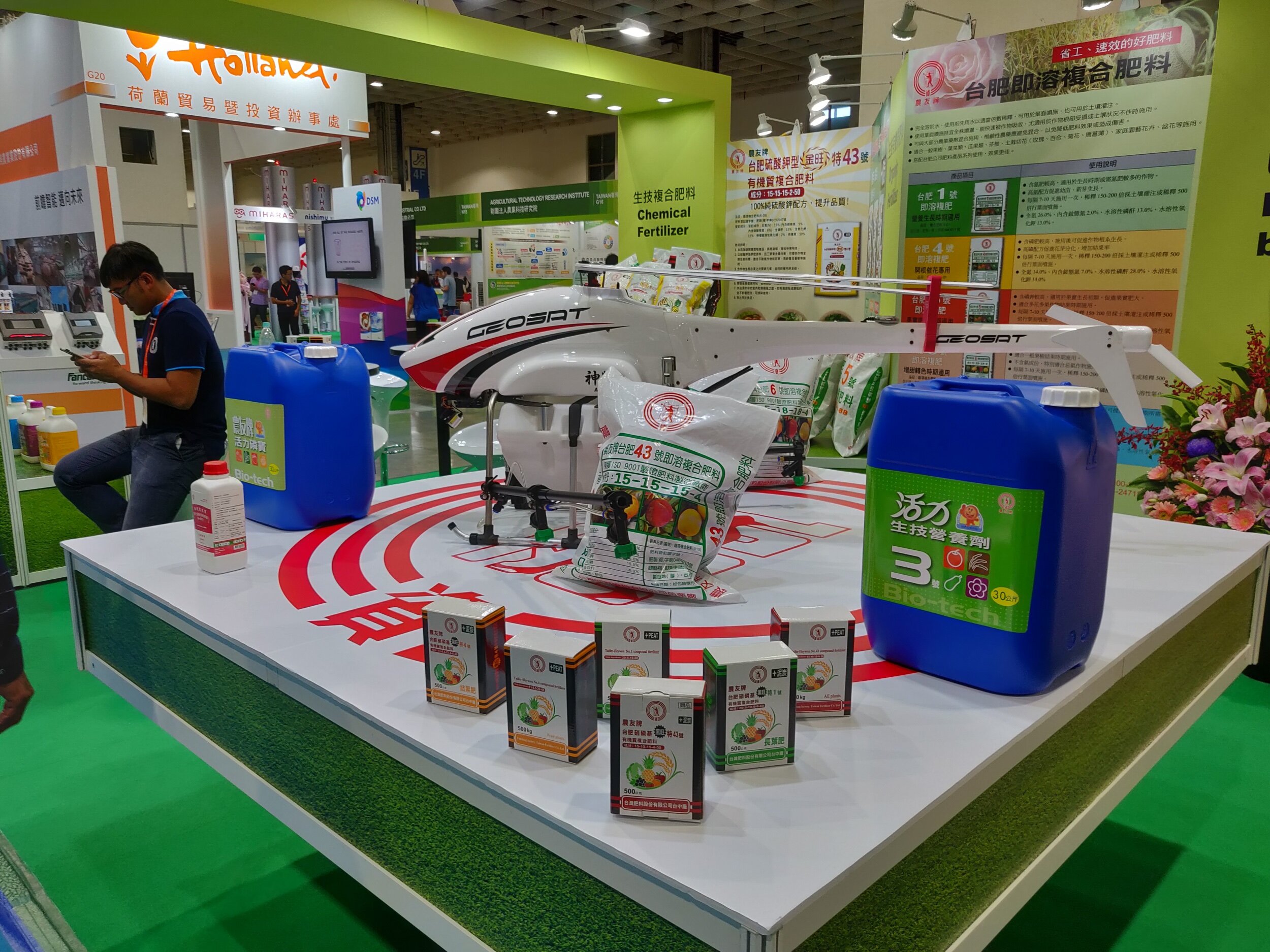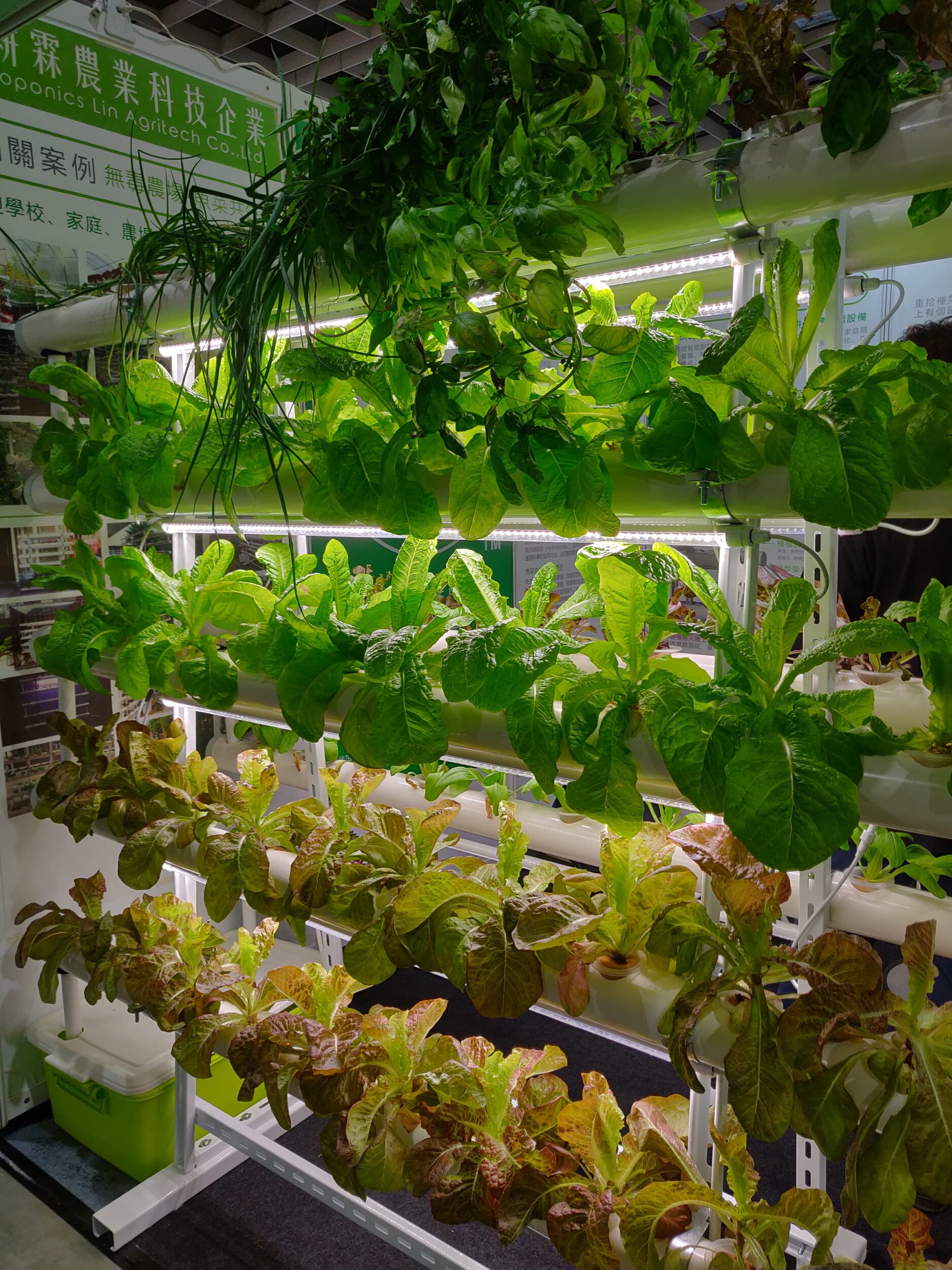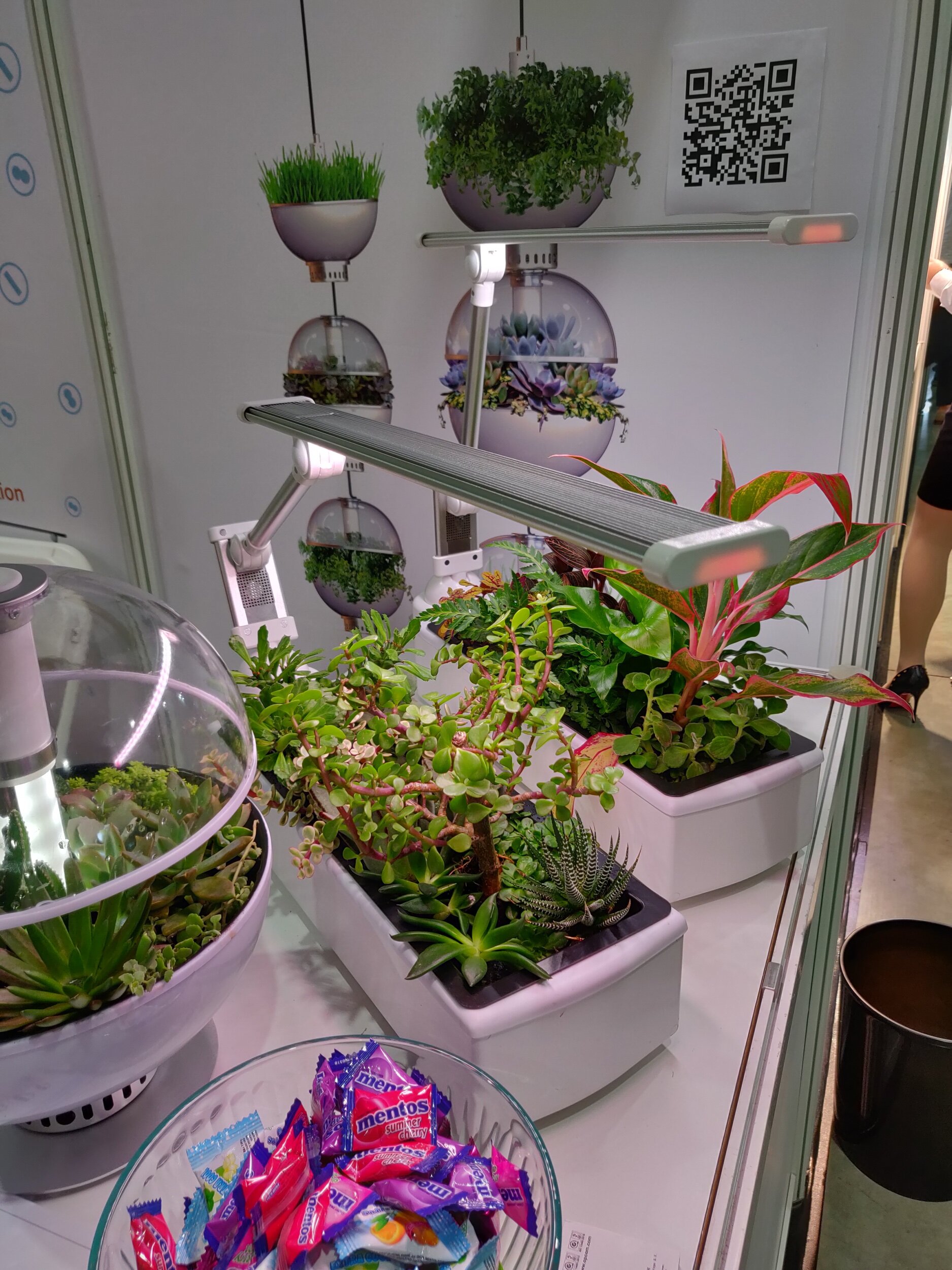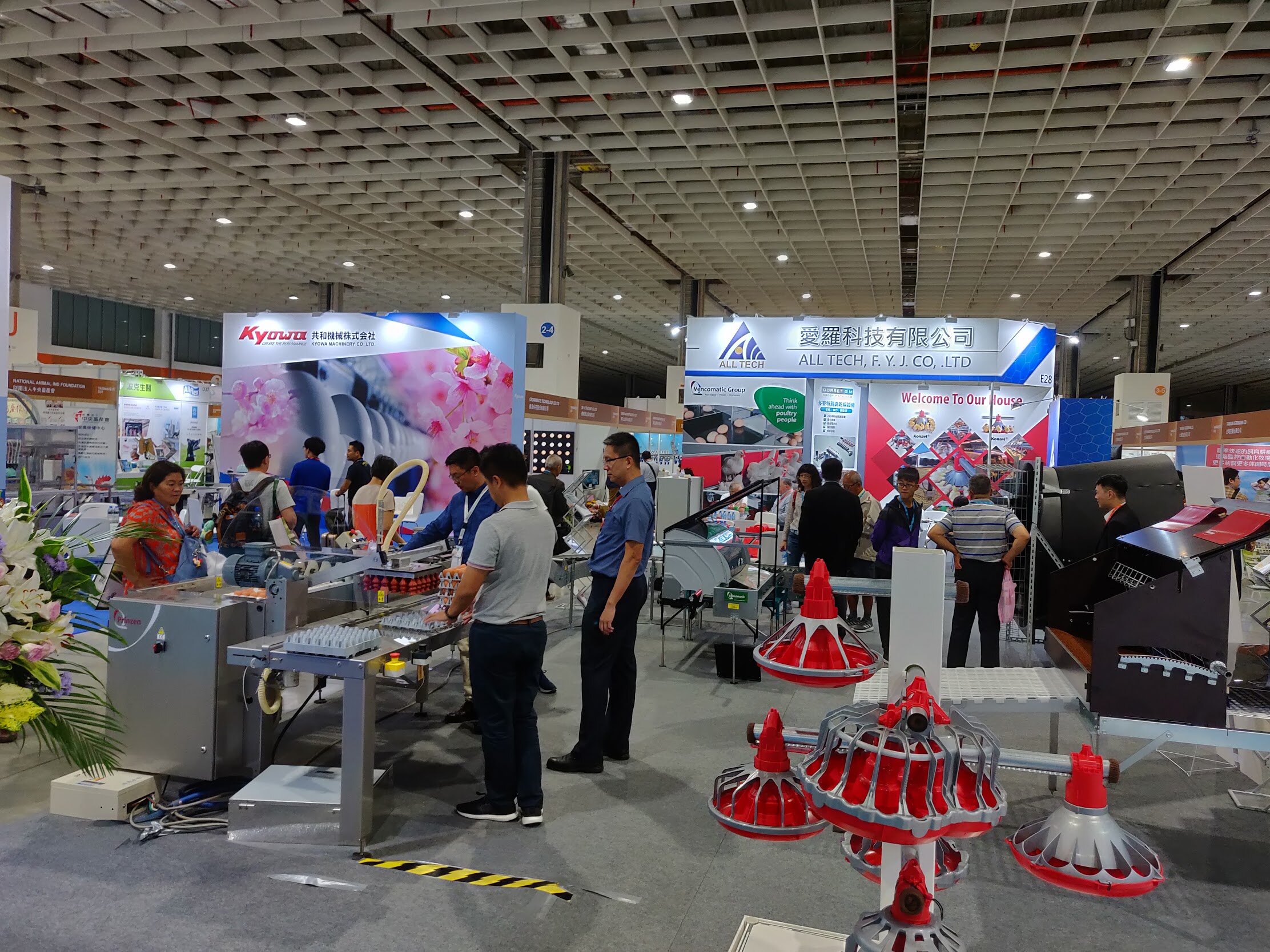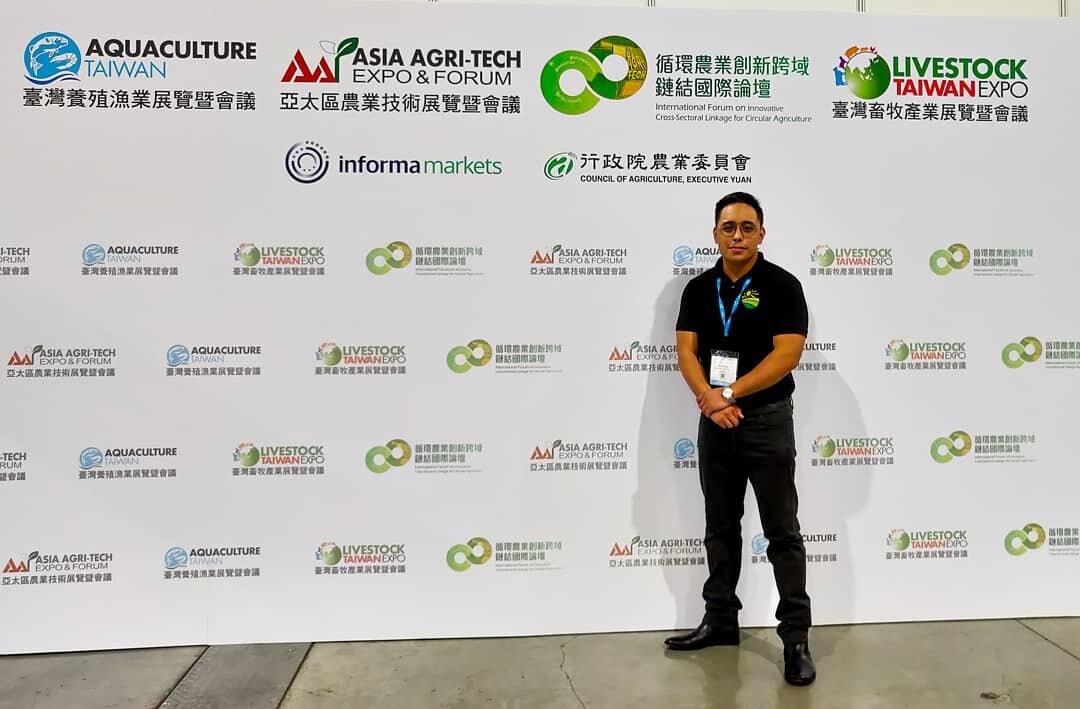The future’s not near, it’s here.
It was quite jarring for me to see all of the agricultural technology that, for years, I could only conjure images of in my mind.
It was an honor to be amongst a select group to participate in this year’s Asia Agritech Expo & Forum, held at the Taipei Nangang Exhibition Center. For three days, I was able to peruse the booths and the various displays and tech demos, and to say that I was nerding out is quite the understatement.
It is amazing how far agri-technology has come. From simple tools at its genesis, to various farming machineries; and now we are taking to the skies and the airwaves. Technological advancement has always had one goal: to make work easier.
With the advent of the information age, knowledge is now global more than ever. Practices, techniques and technology are oftentimes a fingertip away and it was on full display at the event.
Various types of drones were displayed at the event. A farmer can now seed, irrigate, fertilize and do pest management for huge tracts of land, all using the palm of their hands. Drones are now ever evolving and increasing in work capacity. Do not be surprised to see drones at your nearby rice paddy or orchard soon.
I have always dreamt of having a cabinet that can grow plants. I envisioned it being an appliance, one in each home, to provide high-quality food all year round. Well, that dream is now a reality. There were various vertical and indoor farming modules at the event; I almost shed a tear in delight. With the looming threat of climate change and dwindling natural resources, plant cabinets can serve as a considerable tool in helping provide fresh produce with reduced exposure to the harsh elements (weather and pests) along with conserving water.
The ability to grow anywhere can also break new ground for areas that, traditionally, do not grow certain crops; with them having to import the produce from other areas, resulting in a carbon footprint that is costly in terms of money, reduced nutrition and to the detriment of the environment’s health.
Indoor/vertical farming tech, as it matures, will lead to cheaper set-up costs, which will then benefit everyone. Watch out for this one.
Farm mechanization and automation is continually improving, with the machines being able to perform delicate tasks such as sorting, stacking and packaging. In terms of field operations, farm machines can now aid farmers in performing various operations such as spraying and seeding, all in record time.
And last, but certainly not the least, the use of digital tools, is now in full swing. Farmers can now control their farms with the use of their laptops or cellphones. Sensors can now provide them accurate data, which allows them to make informed decisions on farm operations.
Mobile weather stations and various soil health measuring devices allow farmers to plan ahead for their next cropping season. Nutrient management, creation of drainage canals, pest management and cropping calendars are some of the applications of the tech.
Livestock growers can also tend to their herds or flocks better. Sensory Pressure pads can now detect if an animal is leaning too much on one leg, as a result of an injury. RFID tags and sensors can determine if an animal is due for mating, and automated feeders can now provide nutrition as the animals need it.
In conjuction with big data, all of the information gathered by these technologies can help advance farming operations by providing farmers with better tools to make informed decisions. This will not only reduce costs, but also helps reduce the risk involved in farming.
Dream Agritech endeavors to bring these technologies to the Philippines. All of these tools at our disposal can now help farmers have a better quality of life.
Instead of spending hours and hours at the fields, farmers can now operate their farms more efficiently, resulting in the conservation of their time, freeing them up to pursue other endeavors outside of agriculture,


